The unconventional, scrappy tactics I used to grow a newsletter to 40K subscribers
You know that moment when you stumble on a brilliant growth tactic hidden in a Reddit thread or buried deep in a comment section? That's the kind of stuff I live for.

You know that moment when you stumble on a brilliant growth tactic hidden in a Reddit thread or buried deep in a comment section? That's the kind of stuff I live for.
I'm Tom Orbach, a growth marketer and a Forbes 30 Under 30 honoree who created a viral post generator that attracted 2 million users. Scrappy, under-the-radar tactics have been the backbone of Marketing Ideas, my weekly newsletter for startup marketers. No paid ads. No polished design team. No brand halo to ride on. Just a willingness to test fast, double down on what worked, and ignore what didn't.
In this post, I'm breaking down the unconventional, effective tactics that helped me grow from 0 to 40,000 subscribers in 1.5 years. Let’s dive in.
Why I Started Marketing Ideas

For most of my 12-year marketing career, people have asked me for creative growth ideas, especially the kind that don't rely on paid ads or big budgets.
It became a pattern. Whether I was working with startups, consulting with clients, or just chatting with friends in the industry, someone would always say, “That's a great idea. Do you have more like that?”
Over time, that demand snowballed. I got invited to speak at conferences, give guest lectures at companies and universities, and hop on calls with marketers looking for scrappy tactics that actually worked. It was clear there was a real appetite for practical advice, the kind that's hard to find in blog posts or playbooks.
That's what led me to launch Marketing Ideas, a weekly newsletter that delivers one actionable growth tactic at a time. No theory. No filler. These are just real things marketers can try immediately.
Of course, coming up with useful content was only part of the job. I also had to figure out how to get it in front of people. Here's what really drove growth.
What Really Drove Growth

1. Promote a landing page during talks, before the newsletter even exists.
Before I ever sent a single email, I already had a subscriber list.
I spoke at conferences, company offsites, and universities. At the end of every talk, I‘d plug a simple landing page. I’d say something like, “I'm launching a newsletter soon to share more ideas like these. You can sign up now.”

That one-liner and that barebones landing page got me nearly 1,000 early subscribers. And, not just casual ones. These were super fans who had just seen me speak, liked what they heard, and wanted more. When I sent my first issue, they were already primed to share it.
That momentum made all the difference.
2. Guest-write for other newsletters (especially paid ones).

One of the most underrated growth tactics is to borrow someone else’s audience.
I reached out to newsletter creators, especially those with paid subscriptions, and offered to write free guest content for them. They got high-quality material to monetize. I got visibility and credibility.
It wasn’t just a list growth tactic. These guest posts helped me prove value to new readers, build trust quickly, and often opened the door to longer-term partnerships. Even if just 1% of their audience subscribed to Marketing Ideas, that compounding effect really added up.
3. Cross-promote through real relationships.
After those guest posts, I stayed in touch with the authors.
Not to squeeze more promotion out of them, but because I genuinely liked their work. When you approach creators as peers rather than as distribution channels, the relationships last. And, because we actually enjoyed each other’s content, we’d mention each other organically. That kind of endorsement hits way harder than a one-off shoutout.
It’s slow, but it’s sustainable and real.
4. Offer free advice on LinkedIn.

This one always works. I’ll post something like:
- “Drop your website below, and I’ll give you a custom growth idea.”
Then, I reply to each person with an actual suggestion, usually something I’ve already written about in the newsletter. At the end of each reply, I include a link to subscribe.
These posts get massive reach, drive hundreds of new subscribers, and often spark conversations with founders, marketers, and creators I’d never have met otherwise. It’s one of the most effort-intensive tactics I use, but also one of the most rewarding.
And it’s not a gimmick. It works because it feels like what it is: real help, one person at a time.
5. Use infographics to boost shareability.

I include infographics in my newsletter issues, even when they’re arguably unnecessary.
Why? Because people love sharing them.
If someone reposts one of my visuals on LinkedIn or X, it makes them look smart. A shared infographic feels like thought leadership. A shared newsletter link? Less so.
Even when the infographic doesn’t add much new info, it amplifies reach. I’ve seen the data: Issues with visuals are shared more frequently, linked more often, and ultimately lead to more subscribers.
6. Activate superfans on Reddit.
Reddit was a surprise growth channel.
One day, I noticed a few people recommending Marketing Ideas in random Reddit threads. I checked the UTM tags and saw that each of those comments was driving dozens of new subscribers.

So I tracked those users down — literally just searched for my domain on Reddit — and reached out to thank them. I found out they were genuine fans. No hidden agenda. They just liked the newsletter and wanted to spread the word.
I asked if they’d be open to a small monthly payment to keep sharing when it made sense. They said yes, and we set up a simple agreement. They were already doing it for free; this just gave them an extra reason to keep going. And now, I have active, trusted users helping promote the newsletter in a channel where self-promotion is usually a non-starter.
7. Repurpose unsolicited praise as social proof.
Every time someone posts something nice about the newsletter or leaves a thoughtful comment, I save it.
I keep a growing database of these and turn them into testimonial-style posts. I don’t ask for permission because they’re public, and I always link back to the original comment in case anyone wants to see it in context.
These screenshots perform way better than any self-promotional post ever could. They’re authentic, unexpected, and precisely the kind of social proof people trust.
8. Promote other newsletters to spark reciprocity.
Sometimes, I’d reach out to a newsletter creator I admired and get no response.
Instead of giving up, I’d flip the script. I’d promote their newsletter anyway. I highlight it in a LinkedIn post, share it in Marketing Ideas, or just recommend it in passing.
Once I had some results (clicks, comments, shares), I’d follow up with the original creator and show them what I did. Nearly every time, they’d respond and return the favor.
This tactic works because you’re not asking for anything. You’re giving first, with proof. And when you do that, people are way more likely to say yes.
Hard-Learned Lessons
Looking back, there are two things I’d change if I were starting again.
1. Don’t wait for the perfect design.

I spent months tweaking my logo, header layout, and colors before launching. I already had content ready, but I held off because the visuals didn’t feel “good enough.” Huge mistake.
Nobody cares about your branding the way you do. They care about what you’re teaching them. If I could do it over, I’d launch earlier and refine the look later.
2. Stop writing like you’re trying to impress other marketers.
In the early days, my issues were long. Some were 2,000+ words packed with context and backstory. But readers didn’t want a mini-essay. They wanted the tactic. The “here’s what to do and how to do it” part. Once I leaned into that, engagement shot up. Every week, I now focus on delivering one thing: Something useful you can try today.
The Playbook is Still Being Written
I‘m still testing, still tweaking, still figuring it out. What worked a year ago might not work tomorrow, and that’s part of the fun.
If there‘s one thing I’ve learned, it‘s this: Growth doesn’t come from doing what everyone else is doing. It comes from trying things most people overlook because they seem too small, too weird, or too unscalable.
The best growth tactics aren‘t hiding in expensive courses or fancy marketing tools. They’re in comment threads, DMs, and the spaces where honest conversations happen. They're genuinely helpful before you ask for anything in return.
Want to stand out? Be useful. Be human. Do the things that don't scale. And, if you find a tactic that works? Share it.
![]()
















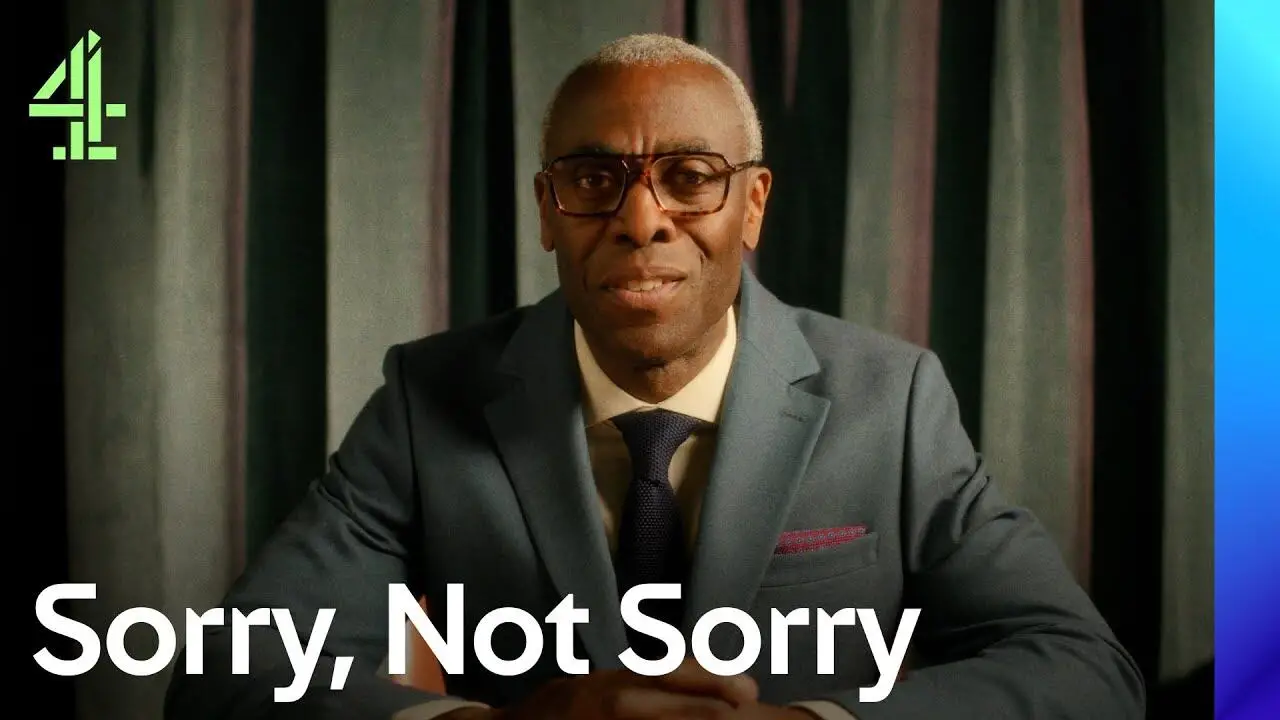






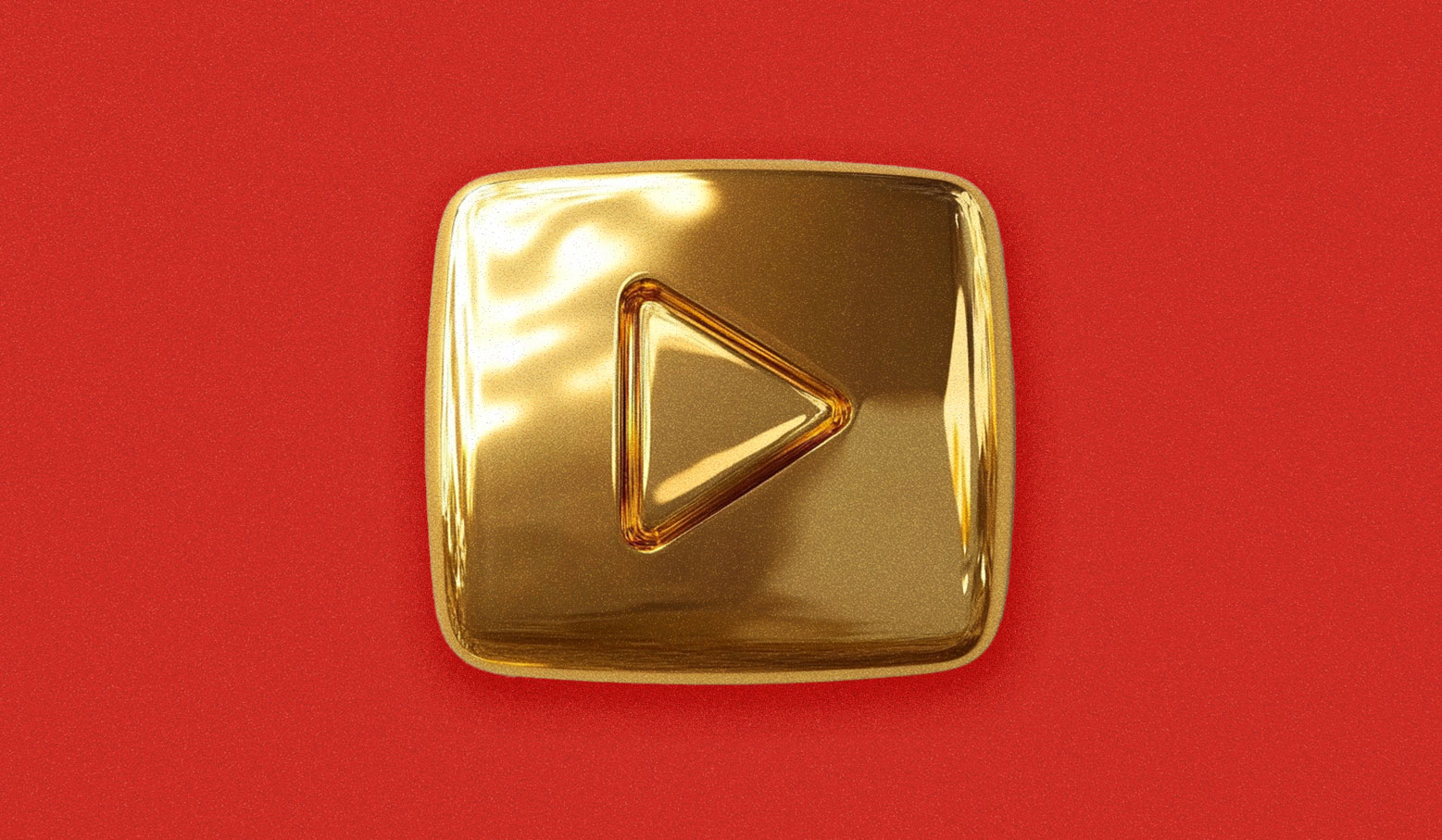
![Brand and SEO Sitting on a Tree: K-I-S-S-I-N-G [Mozcon 2025 Speaker Series]](https://moz.com/images/blog/banners/Mozcon2025_SpeakerBlogHeader_1180x400_LidiaInfante_London.png?auto=compress,format&fit=crop&dm=1749465874&s=56275e60eb1f4363767c42d318c4ef4a#)

![How To Launch, Grow, and Scale a Community That Supports Your Brand [MozCon 2025 Speaker Series]](https://moz.com/images/blog/banners/Mozcon2025_SpeakerBlogHeader_1180x400_Areej-abuali_London.png?auto=compress,format&fit=crop&dm=1747732165&s=beb7825c980a8c74f9a756ec91c8d68b#)
![Clicks Don’t Pay the Bills: Use This Audit Framework To Prove Content Revenue [Mozcon 2025 Speaker Series]](https://moz.com/images/blog/banners/Mozcon2025_SpeakerBlogHeader_1180x400_Hellen_London.png?auto=compress,format&fit=crop&dm=1747758249&s=9f3c5b1b7421f862beace1cb513053bb#)
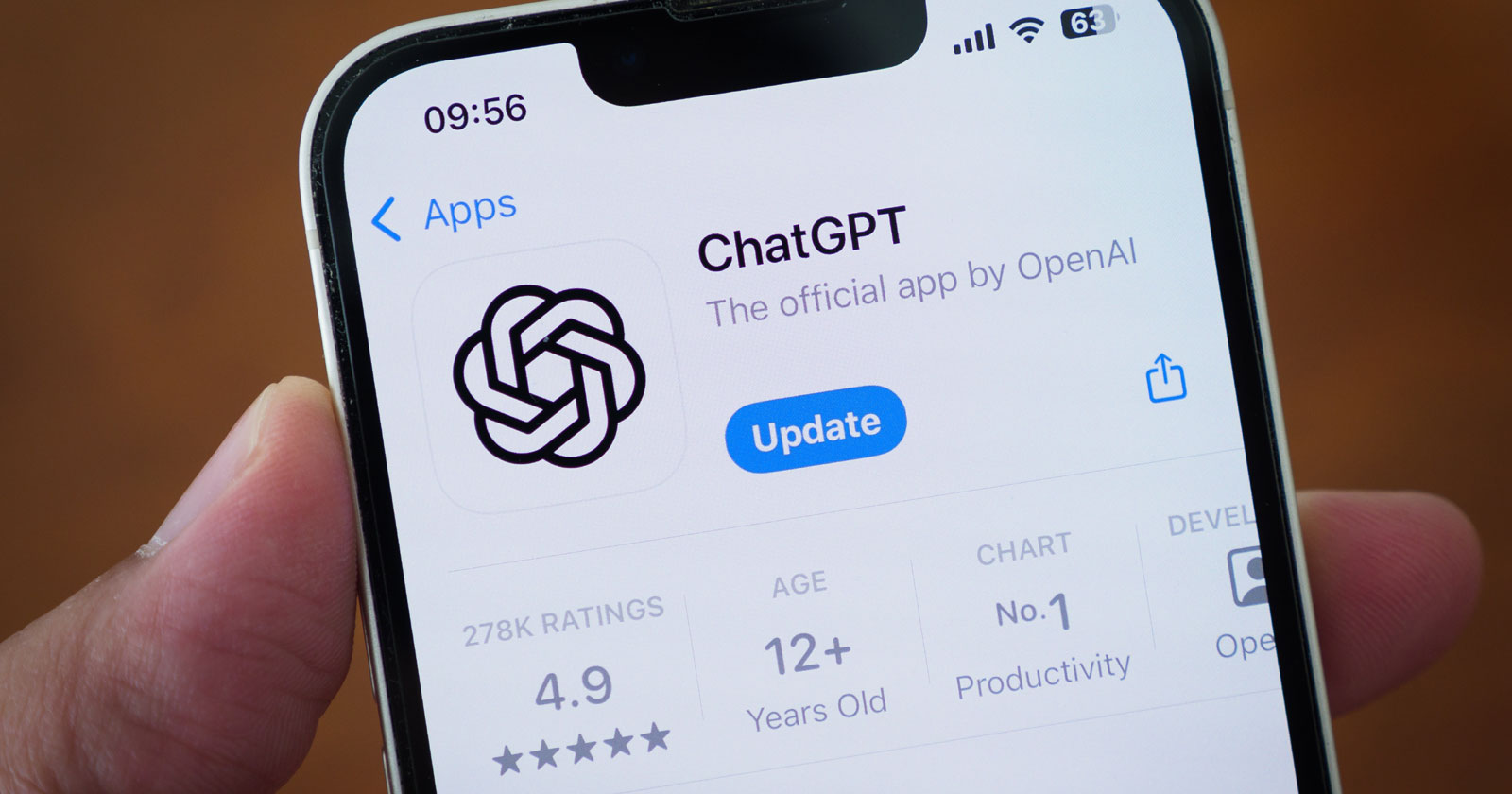





















![The 11 Best Landing Page Builder Software Tools [2025]](https://www.growthmarketingpro.com/wp-content/uploads/2024/04/best-landing-page-software-hero-image-1024x618.png?#)








































![How to Create an SEO Forecast [Free Template Included] — Whiteboard Friday](https://moz.com/images/blog/banners/WBF-SEOForecasting-Blog_Header.png?auto=compress,format&fit=crop&dm=1694010279&s=318ed1d453ed4f230e8e4b50ecee5417#)
![How To Build AI Tools To Automate Your SEO Workflows [MozCon 2025 Speaker Series]](https://moz.com/images/blog/banners/Mozcon2025_SpeakerBlogHeader_1180x400_Andrew_London-1.png?auto=compress,format&fit=crop&dm=1749642474&s=7897686f91f4e22a1f5191ea07414026#)














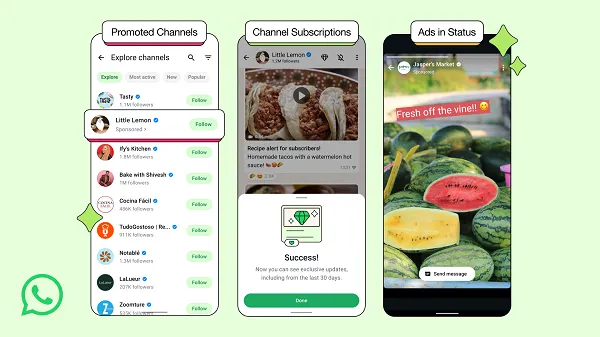
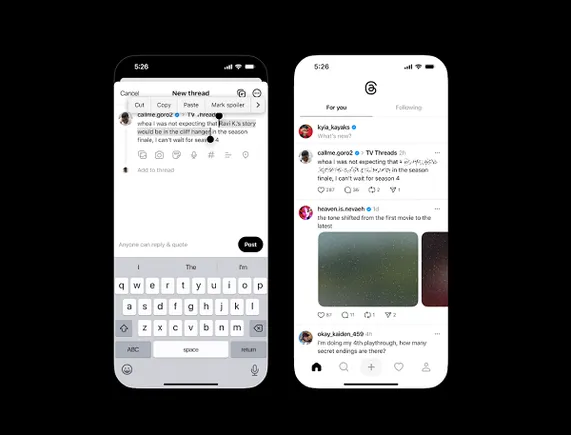









![Brand pitch guide for creators [deck and email templates]](https://blog.hootsuite.com/wp-content/uploads/2022/06/brand-pitch-template.png)


![8 ways to use AI in digital marketing [+ examples]](https://www.hubspot.com/hubfs/Google%20Drive%20Integration/ai%20marketing_32023-4.png)








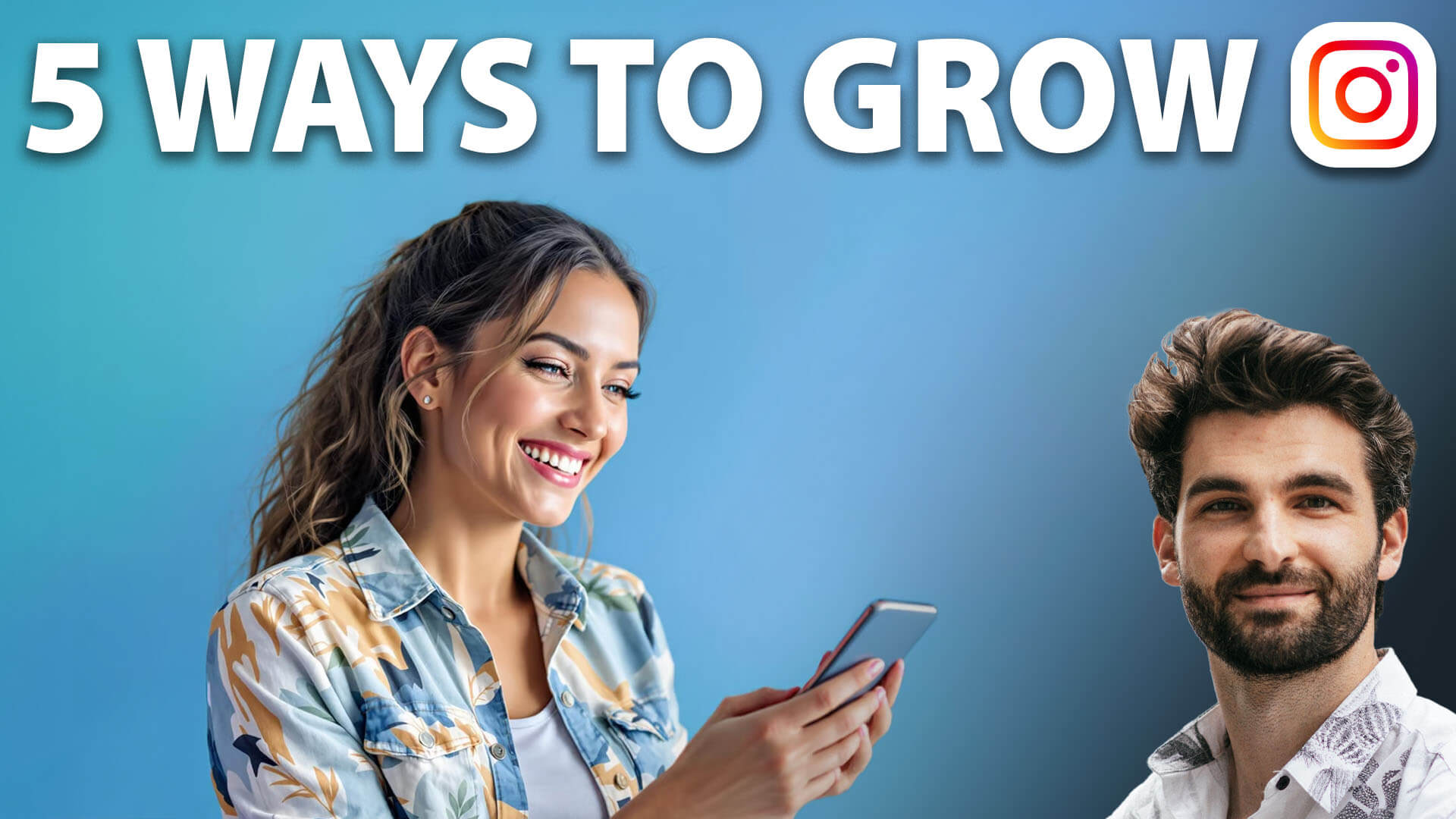







![Instagram hashtags: How to find best hashtags for Instagram [+ list]](https://media.sproutsocial.com/uploads/2023/07/Instagram-hashtags-how-to-find-and-use-the-best-hashtags-Final.jpg)





![Email Marketing Plan: Craft & Track Your Email Campaign [Free Template]](https://www.hubspot.com/hubfs/Untitled%20design%20-%202025-04-22T133039.283%20%281%29.jpg)